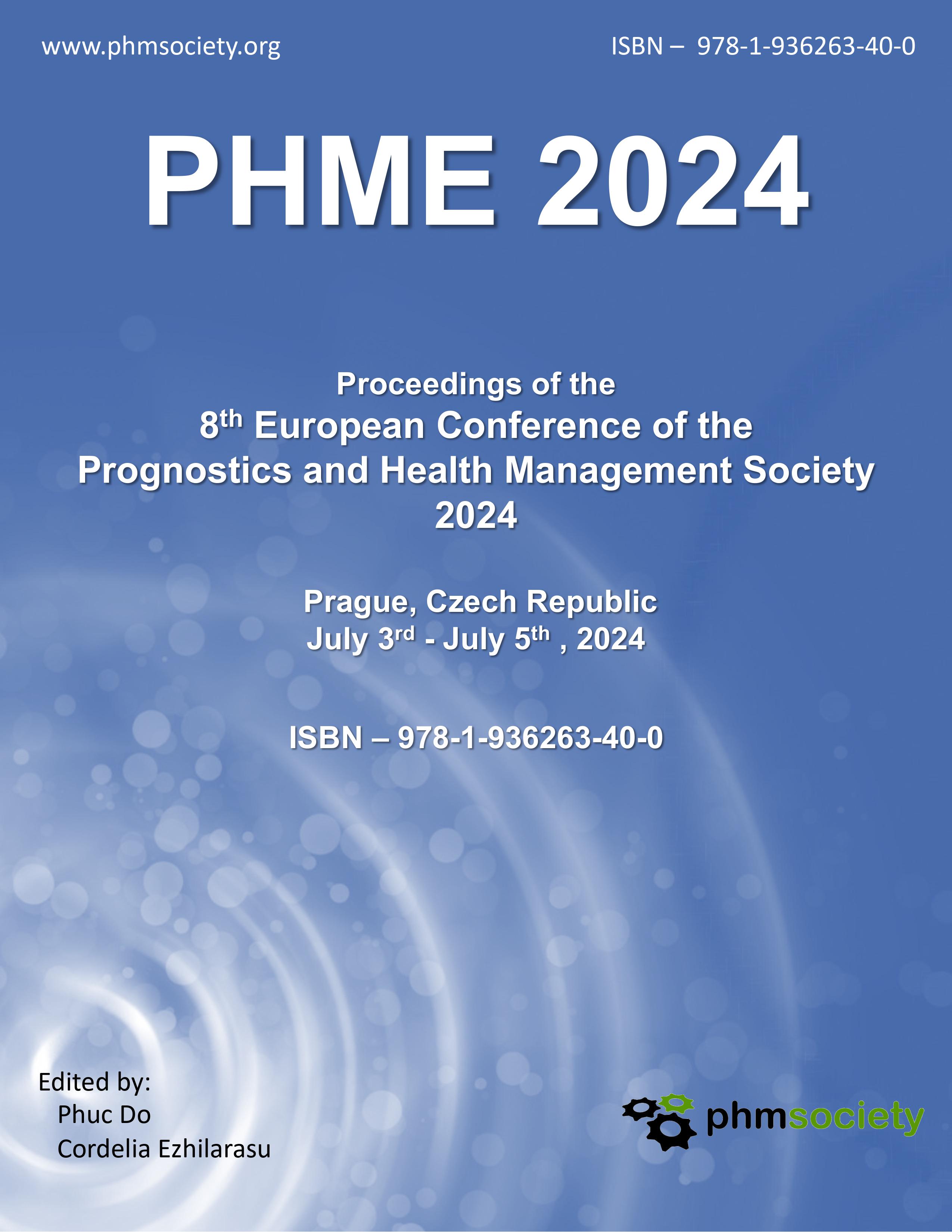Process Quality Monitoring Through a LSTM Network Derived from a Rule-Based Approach
##plugins.themes.bootstrap3.article.main##
##plugins.themes.bootstrap3.article.sidebar##
Abstract
The railway infrastructure condition is a crucial factor for the
safe and efficient operation of trains. Regular maintenance
is inevitable as the track geometry degrades over time due
to traffic and environmental effects. To restore the ideal position
and provide sufficient durability of ballasted track so
called tamping machines are used. These machines lift the
track, correct the longitudinal level and the alignment of the
track panel and tamp the ballast. During the tamping process
the tamping tines penetrate the ballast bed, fill voids and compact
the ballast underneath the sleepers by a squeezing movement
with superimposed vibration. A detailed description of
the tamping cycle can be found on section 2. Monitoring and
evaluating this tamping process is essential for maintaining
process quality. This can be achieved through a variety of
sensors, such as incremental encoders, angle encoders, temperature,
pressure, and acceleration sensors, coupled with a
measurement unit (DAQ and edge device) to collect, locally
store and transmit the data to a cloud. This paper explores the
development of a rule-based algorithm for assessing the quality
of the tamping process execution in reference to its nominal
chronological sequence. The focus is on identifying tamping
occurrences and classifying them into acceptable (OK)
or non-acceptable (NOK) categories. This involves selecting
relevant measurement parameters and processing them,
considering the inherent imprecision in real-world processes.
Empirical thresholds are established to differentiate between
good and bad outcomes. The classification approach has to
be sufficiently generic in order to cover a high variety of customized
tamping machine types. As each machine is individually
designed, the process of generalization is challenging
and complex. The paper demonstrates the accuracy and universal
applicability of the developed rule set across different
tamping machines. The model’s effectiveness is validated using
the Hold-Out-Test-Set method. Furthermore, the rule-set-
achieved outcomes are compared with results gained from an
LSTM network. Both the rule-based approach and the neural
network demonstrate precision, but the latter requires significantly
more effort.
How to Cite
##plugins.themes.bootstrap3.article.details##
railway, lstm, ai, maintenance, track, condition, detection, rule-based
Noort, M. (2019). The recent applications of machine
learning in rail track maintenance: A survey. In
S. Collart-Dutilleul, T. Lecomte, & A. Romanovsky
(Eds.), Reliability, safety, and security of railway systems.
modelling, analysis, verification, and certification
(pp. 91–105). Cham: Springer International Publishing.
De Simone, L., Caputo, E., Cinque, M., Galli, A., Moscato,
V., Russo, S., . . . Giannini, G. (2023). Lstm-based
failure prediction for railway rolling stock equipment.
Expert Systems with Applications, 222, 119767.
Fellinger, M. (2017). Validierung der instandsetzungsmengen
der standardelemente gleis der ¨obb. FSV aktuell
Schiene.
Fischer, J. (1983). Einfluss von frequenz und amplitude auf
die stabilisierung von oberbauschotter (PhD thesis).
Technische Universit¨at Graz.
Hansmann, S., Nemetz. (2021). Keeping track of track geometry.
Hochreiter, S., & Schmidhuber, J. (1997). Long short-term
memory. Neural computation.
Offenbacher, S., Koczwara, C., Landgraf, M., & Marschnig,
S. (2023). A methodology linking tamping processes
and railway track behaviour. Applied Sciences.
Park, S., & Kim, Y. (2020). A method for sharing cell state
for lstm-based language model. Computer and Information
Science, 81–94.
Plasser und Theurer. (2017). The track maintenance machine
2020. Plasser und Theurer today, 46(132), 24–26.
Soleimanmeigouni I, Ahmadi A, Kumar U. (2018). Track
geometry degradation and maintenance modelling: A
review. Proceedings of the Institution of Mechanical
Engineers, Part F: Journal of Rail and Rapid Transit.,
232(1), 73-102.

This work is licensed under a Creative Commons Attribution 3.0 Unported License.
The Prognostic and Health Management Society advocates open-access to scientific data and uses a Creative Commons license for publishing and distributing any papers. A Creative Commons license does not relinquish the author’s copyright; rather it allows them to share some of their rights with any member of the public under certain conditions whilst enjoying full legal protection. By submitting an article to the International Conference of the Prognostics and Health Management Society, the authors agree to be bound by the associated terms and conditions including the following:
As the author, you retain the copyright to your Work. By submitting your Work, you are granting anybody the right to copy, distribute and transmit your Work and to adapt your Work with proper attribution under the terms of the Creative Commons Attribution 3.0 United States license. You assign rights to the Prognostics and Health Management Society to publish and disseminate your Work through electronic and print media if it is accepted for publication. A license note citing the Creative Commons Attribution 3.0 United States License as shown below needs to be placed in the footnote on the first page of the article.
First Author et al. This is an open-access article distributed under the terms of the Creative Commons Attribution 3.0 United States License, which permits unrestricted use, distribution, and reproduction in any medium, provided the original author and source are credited.
